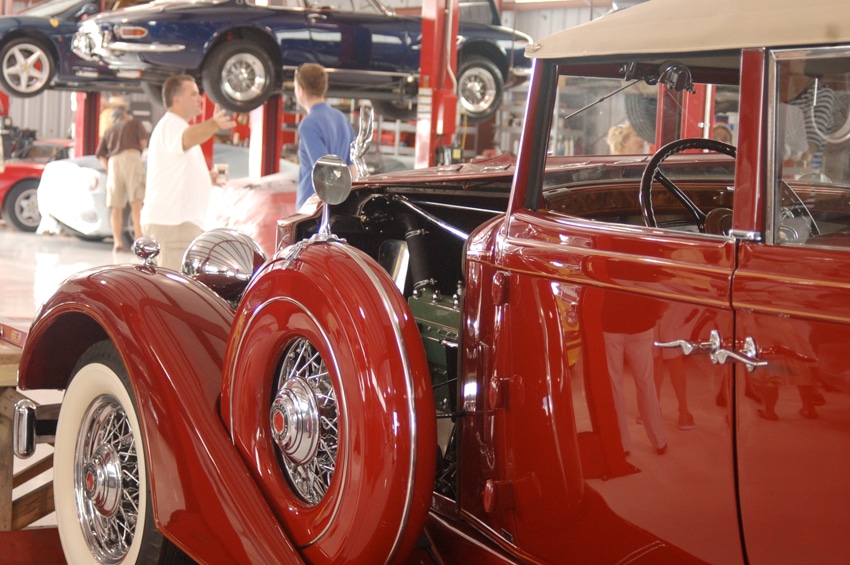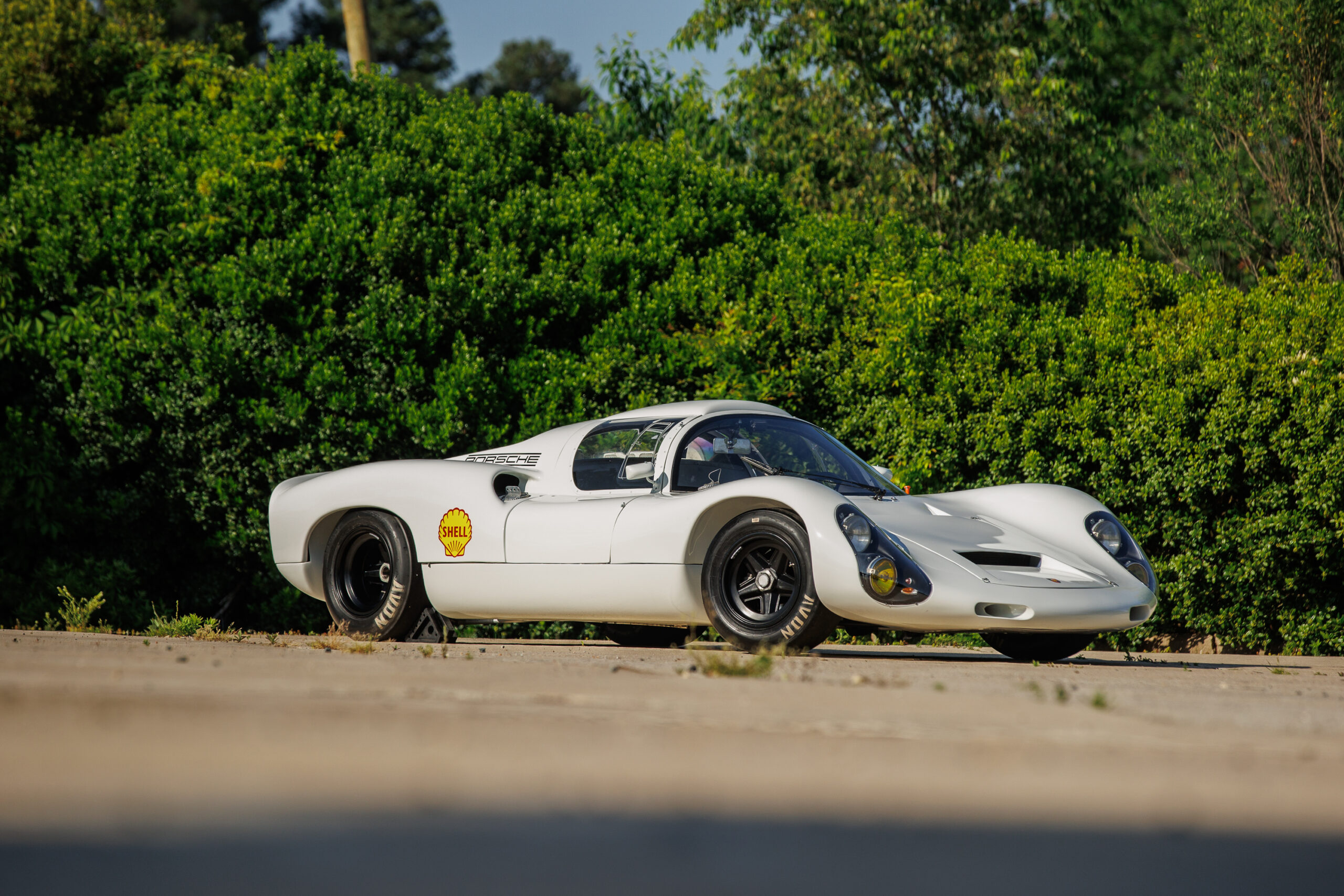Restorations are a lot like political campaigns. They don’t stop, they just run out of money. Both endeavors begin with great enthusiasm and wildly optimistic goals. Things go along nicely for a while and then you begin to realize you have a very high burn rate. You’re spending money faster than it’s coming in. Your family usually notices this before you do.
A $200,000 restoration is not uncommon these days. Do you have that amount of money on hand? Do you even have $50,000 on hand? If you don’t then there is a very good chance you’ll be advertising a project car on Craigslist very soon.
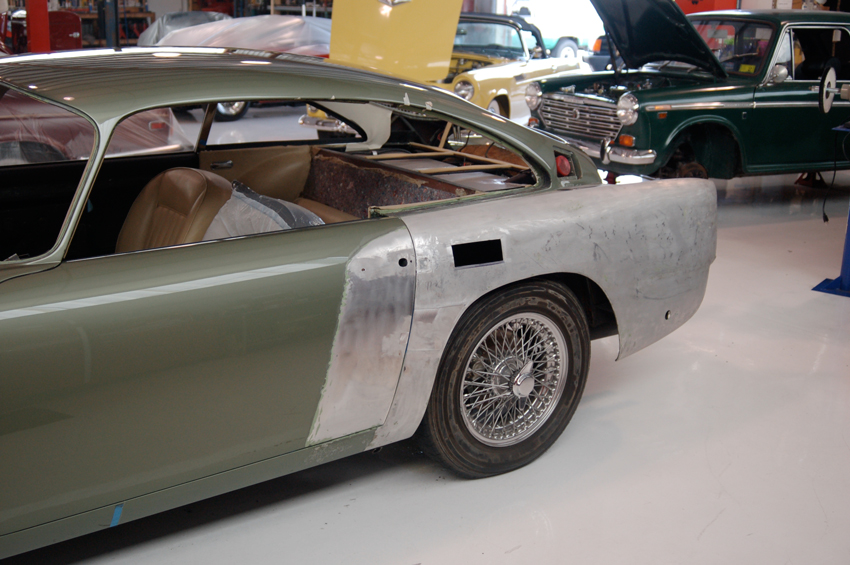

Having the Restoration Done for You
One way to restore your car is to find a professional shop that’s restored cars similar to yours, and then proceed to write very large checks over the next few years. Restoration shops are very reluctant to quote you a price on the total project. There are just too many variables. You can ask them, however, what does the average customer spends by the time a car is completed. That will get you into the ballpark, give or take $20,000.
A good shop will ask you how much money you intend to spend on the restoration before you bring the car into their facility. They don’t want your car in the shop when the money runs out.
One way to approach a professional restoration is to have the car restored in phases. Start with the mechanicals. A running car is always more fun than a car on jack stands. The good part is that you can break this process down into even smaller parts, such as the engine, the transmission and the suspension.
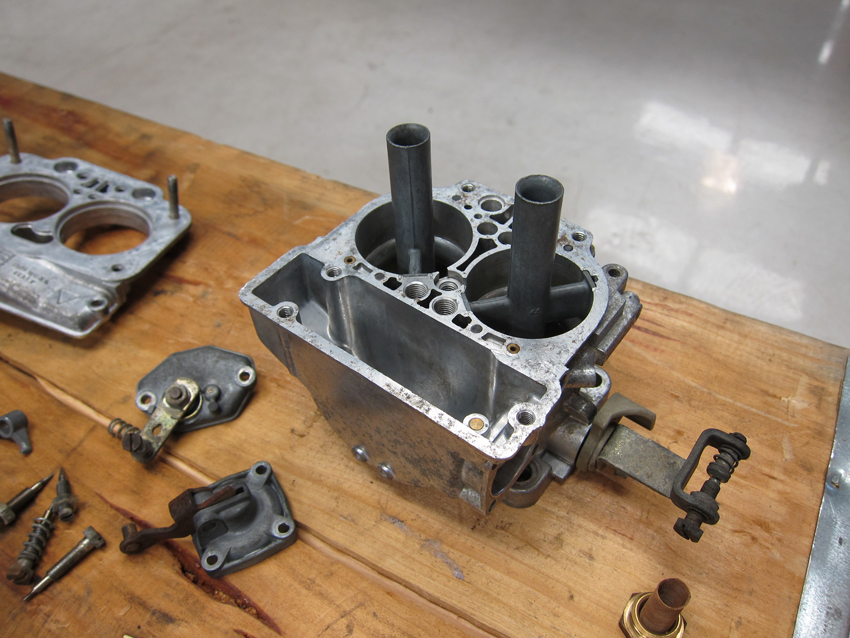
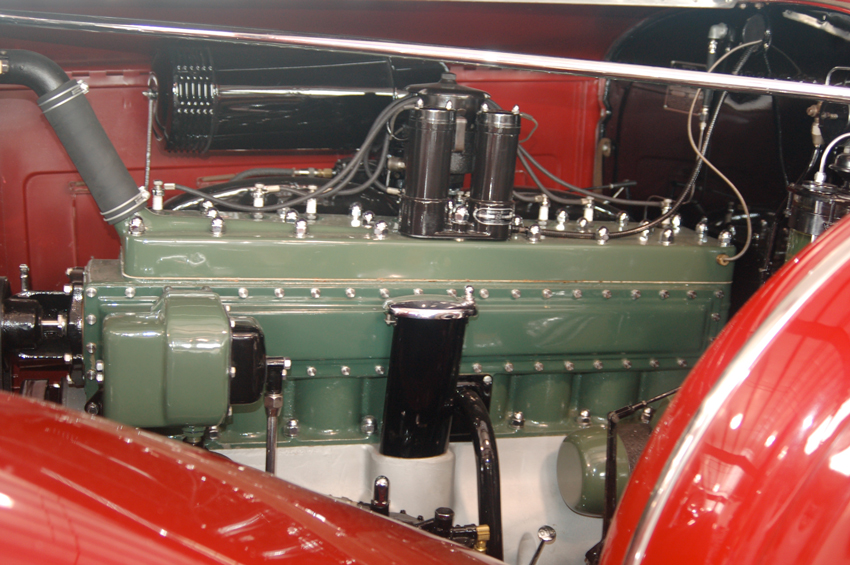
You can easily spend $50,000 on just the mechanical restoration. At that point you should be able to drive the car. Once you’re back in the car and driving it, you will have reached another decision point. Did you have so much fun writing all those checks that you want to place the car back in the shop for another year?
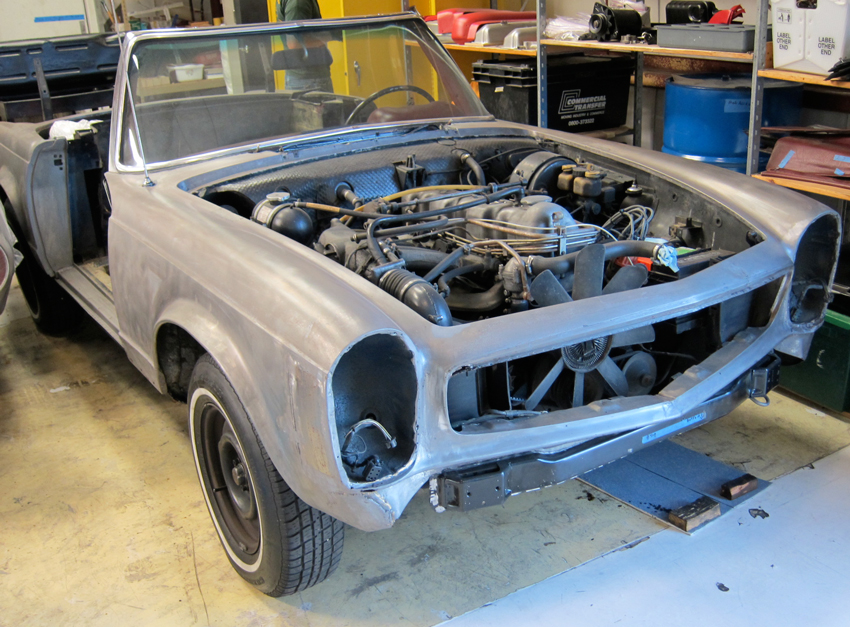
Doing It Yourself
If you’re going to restore your own car you should think in terms of modules. There are three basic modules to any car. All cars have a drivetrain, a body, and an interior. Too many people attack all three modules at the same time.
It’s not difficult to totally strip a car in a few days but doing this creates a huge problem for your family, and for yourself. Your prize project will quickly become “that car.” In some cases it becomes “that stupid car.”
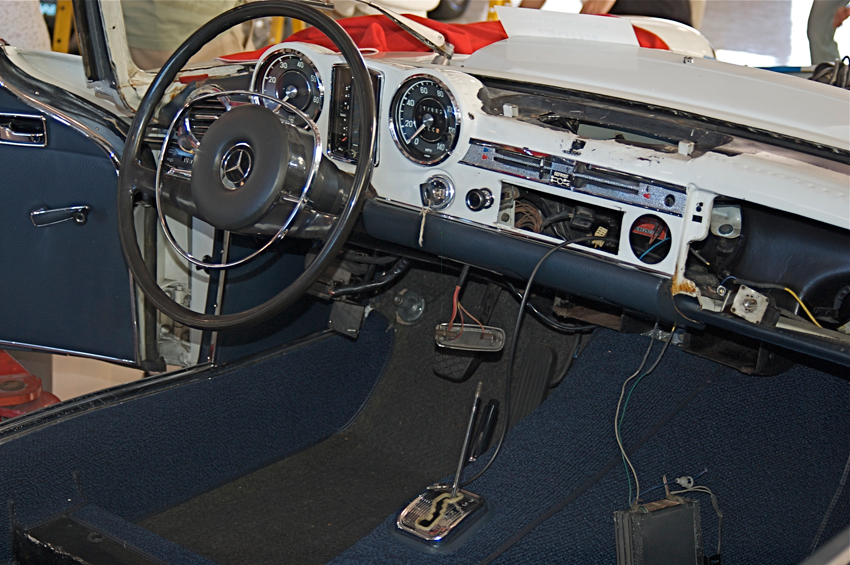
After a few years, working on a car that you never drive gets a little boring. Plan your restoration in such a way that you get to drive the car every few months, or at the very least once a year. The goal here is to keep the restoration moving. Slow is preferable to stopped.
Also keep in mind that you can generally sell a running car. At least you can sell it for significantly more money than a car that is disassembled. Putting a non-running car on Craigslist is an act of desperation. Every potential buyer knows this. People who buy project cars are bottom feeders and will never pay you anything close to what you have spent on the car. Think about a pack of vultures circling your failed ten-year project.

